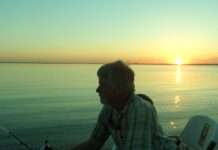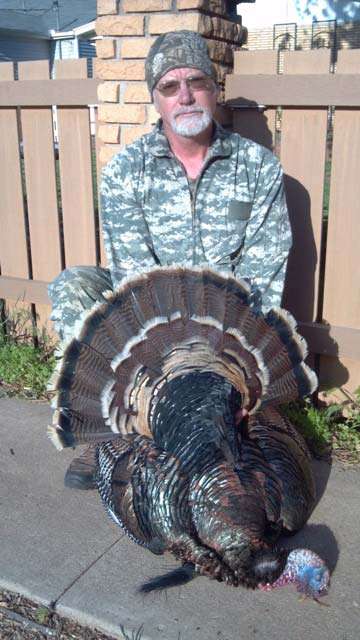The last five years of my National Guard career were spent at a guard unit in Salina. There I had a friend who was from England and lived on the outskirts of Manhattan, KS. The land across from his street was farm land, and he came home one day to find the wheat stubble field there engulfed in flames. The farmer was merely burning the wheat stubble, but this was a foreign concept to my friend who thought it was a wildfire and called 911. He watched from his house as the fire truck roared past, turned around at the end of the street and headed back, having seen that the fire was indeed a controlled burn of the wheat stubble. My friend walked out to the end of his driveway to meet the truck and see what was going on. He said the fire truck rolled to a stop in front of him and the fireman leaned out the window and said “You’re not from around here are you.”
I really couldn’t laugh too hard at my friend because not having grown up around here, the mid-summer Kansas sport of burning wheat stubble was new to me too. There is another form of burning fields known as “prescribed burning” that often happens in spring and we are smack dab in the middle of that season now. Prescribed burning of prairie grasses, pastures and road ditches is done now in early spring to catch woody invasive plants and brush while still dormant, making them easy to burn, and to precipitate nesting season for most ground nesting birds like pheasants and quail so as not to destroy their nests and eggs.
As always, there are two sides to the science of prescribed burns, but it seems most public land managers, ranchers and farmers believe prescribed burning to be the best tool to control invasive plant growth on large tracts of prairie pastures. Unlike mowing, burning prairie pastures kills and destroys invasive grasses, brush and woody vegetation which all have shallow roots, and allows the native grasses which have very deep roots to thrive again. In mere days after a controlled burn these native grasses will already be green and lush, and this new green growth is much more nutritious than before. The ash left after the burn is rich in potassium and calcium and becomes rich fertilizer for the surviving grasses, plus the blackened soil absorbs sunlight quickly to warm the ground and encourage the new growth. The new succulent green growth also becomes much better cover for the aforementioned ground nesting birds.
Native Americans were used to prairie fires, usually started by lightning, and noticed that bison and deer flocked to graze on the new rich green patches that resulted. It is believed they learned to purposely set fire to portions of the prairie to help them stock up on meat and hides as the deer and bison became much easier to find and kill when they came to graze. Native Americans also learned to use these first recorded prescribed burns to clear tall grass and brush from around their villages for easier visibility and to keep wildfires from destroying the villages. They also noticed that burned areas produced more blackberries and blueberries once the tall grass and brush were gone.
In a couple weeks, all of will be burned. Usually a large portion of prairie that size will be burned in smaller sections over two or three years, but it’s been long enough since its been burned that lots of woody brush and tall invasive weed species have gotten a foothold in many of the valleys and draws. The buffalo and Elk will be in no danger at all and will simply head for the trees until the burning is done. The young bison and elk born this year will greatly benefit from the lush new grass that results. …Continue to Explore Kansas Outdoors.
Steve can be contacted by email at [email protected].


